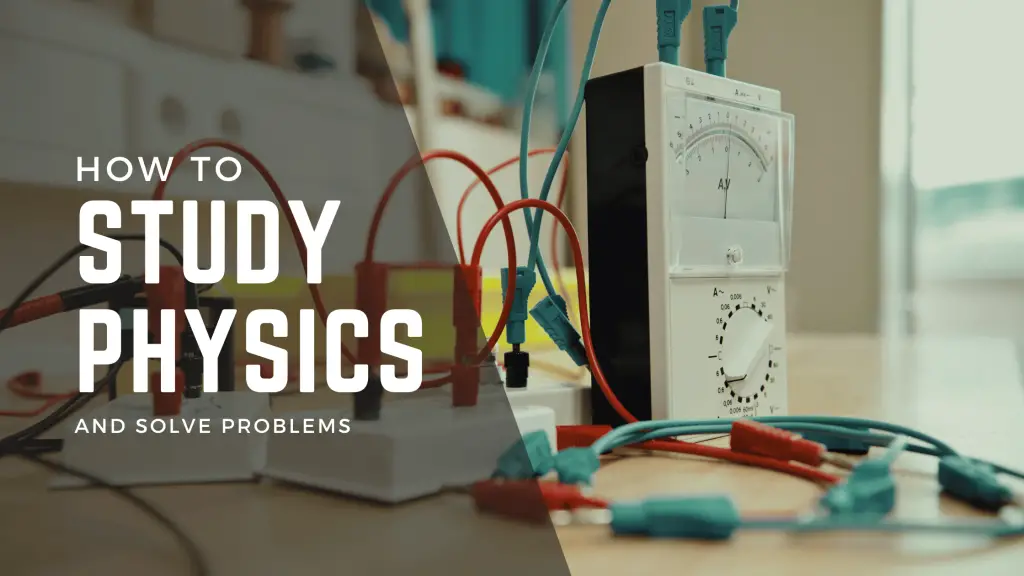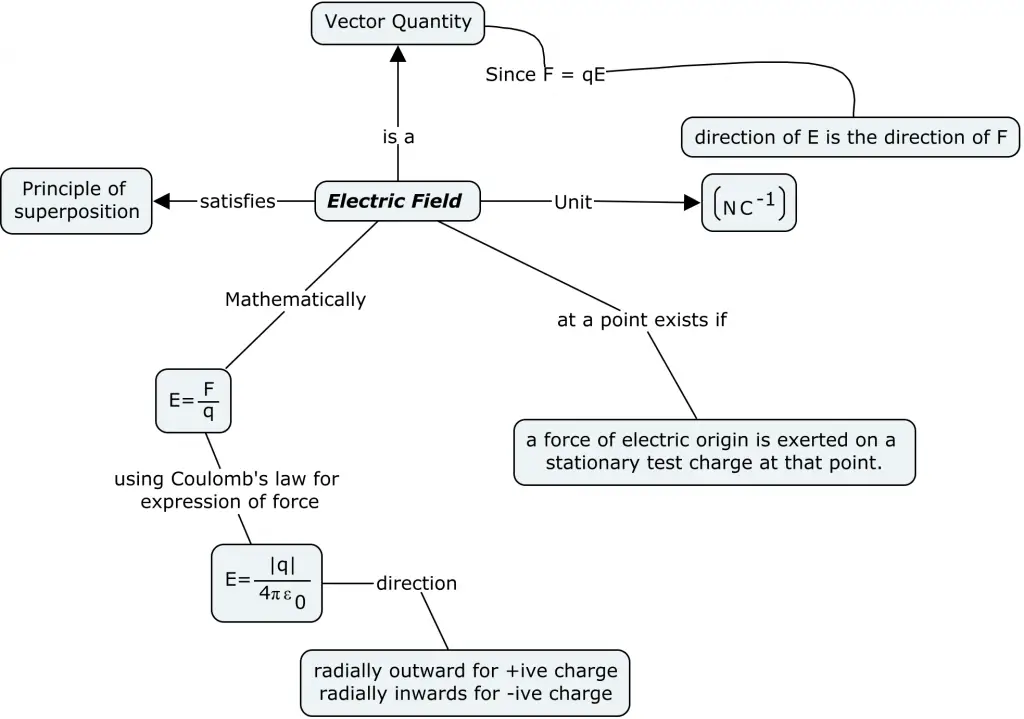Center of mass Problems for class 11
This article contains Center of mass Problems for class 11. In this article I have given numerical problems, very short answer type questions , short answer type questions and some extra questions. You can print this article and practice these problems. You read notes on this chapter before practicing these questions. For them please visit […]
Center of mass Problems for class 11 Read More »


